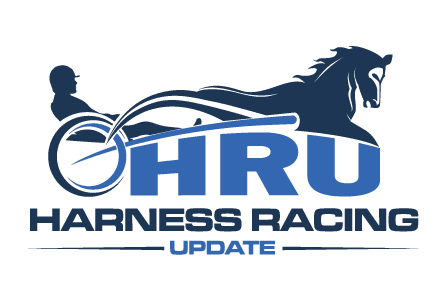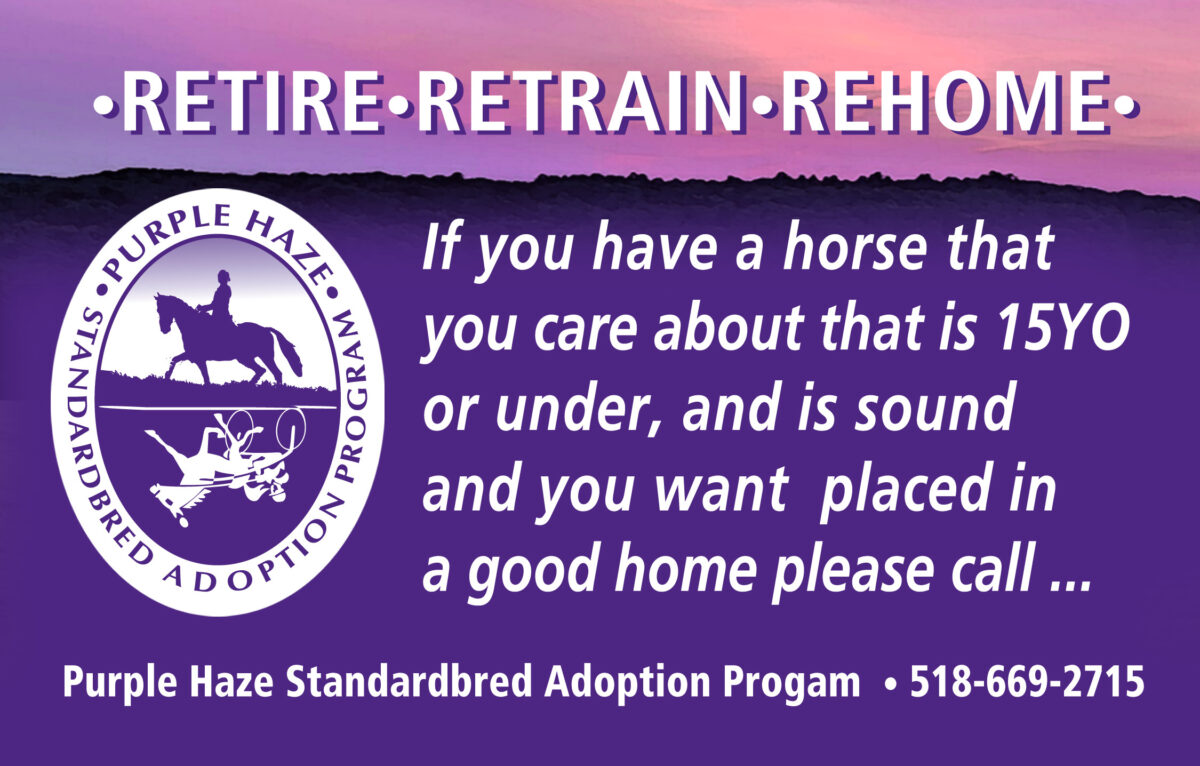Concerns as handle continues to decline
Digging deeper into downward industry economic measures.
by Brett Sturman
In a column written at the start of this year that analyzed the 2024 handle and purses statistics, I concluded essentially that while those numbers were off compared to the prior year, it wasn’t necessarily a sign of any imminent danger. Perhaps I was wrong.
The first quarter numbers of 2025 are in for U.S. races, and the downward figures from last year have accelerated sharply through the first three months of this year. Whereas total handle last year was down over 7 per cent from 2023, handle in the first quarter of this year is down a whopping 14.41 per cent compared to the first quarter from last year, as per statistics provided in a press release this week from the USTA. Part of that number is due to fewer race days by 7.88 per cent, but even looking at a more honest per-race average shows a decline of 8.35 per cent. Purses too, are down 3.62 per cent from this time last year.
The press release said that of the 15 U.S. tracks that have raced so far this year as well as the same period last year, six of those show handle increases and nine show decreases. It didn’t state specifically which tracks showed increases or decreases, but if you want to assess what’s driving the overall numbers, as is usually the case, you don’t have to look any farther than The Meadowlands.
As was noted in that last column on handle, The Meadowlands accounted last year for 18 per cent of the entire industry handle and the performance of that track serves as a clear barometer for the collective performance of all tracks. In 2025, the track’s figures are what one would expect based on the overall handle decline.
Referencing data from The Meadowlands chart archive online, looking at just data from March as a sample provides the answer. In March 2024, The Meadowlands had 10 cards and averaged $3.279 million. In March 2025, The Meadowlands raced nine cards and averaged $2.972 million – a difference of being down 9.36 per cent which closely mirrors as expected the industry per race average of minus 8.35 per cent.
The numbers are even more dramatic when switching to Canadian races. Whereas the U.S. was down 14.41 per cent in total wagering, Canada was down 20.65 per cent in figures taken from the Standardbred Canada website March 31. Same as the U.S., that number is in part a function of fewer race days, but even the per-race average shows a double-digit drop of 11 per cent.
Doing the same exercise I did with The Meadowlands, the Canadian story can be explained by looking directly at Woodbine Mohawk Park for the month of March. According to figures obtained from the historical charts in race programs, in March of last year, Mohawk raced 12 times and averaged $2.404 million in handle. This March, they raced 12 times as well, but only averaged $1.860 million. One of those cards however was a Saturday card that got canceled after six races, and if you toss that out of the equation then you’re looking at 11 cards with an average of $1.959 million. But even that reflects a sharp decline in card average handle of minus 18.5 per cent.
The USTA press release notes the closure of Northville Downs and Freehold Raceway, but that doesn’t explain the noteworthy drop in average handle at the two premier harness racetracks in North America. Though, that tracks continue to close — as well as the fact that race days are declining in part due to self-inflicted poor track upkeep — are a major part of the problem as well when it comes to total race days.
If there’s one bright spot, it’s that purses are down but are holding steadier. And part of the reduction can be explained. Last year, the Borgata and Blue Chip Matchmaker series began earlier than this year, and there were two preliminary legs with those high purses offered in March of last year, whereas this year only the first preliminary legs with corresponding purses were included in the March numbers. Indeed, when looking at the industry purse numbers as of April 11, the minus 3.62 per cent deficit has already been reduced to minus 2.11 per cent – this despite total race days still being down over 7 per cent.
The question will become, at what point will purses be adversely impacted by handle? It may be more gradual at most tracks where there isn’t a real correlation between the two, but it’s a little different at The Meadowlands where handle is more of a consideration in track operations.
That topic segues into the actions announced by The Meadowlands to reduce and eliminate post-time drag. For as noble an effort as it is, can it really be sustained through the summer’s Championship Meet if handle tanks as a result?
There was some confusion as The Meadowlands announced the updated drag schedule would begin on Friday (April 11) with a seven-minute drag that would be reduced every race card thereafter. I took that announcement as saying Friday was the first night of the drag reduction as did DRF’s Greg Reinhart who commented on X about it, but The Meadowlands’ Jessica Otten responded that there was no reduction on Friday, as I guess seven minutes past post was always the standard.
Purely coincidentally then, The Meadowlands handle from Friday was just $2.456 million. I went back and looked, and that handle is the lowest of 2025 for The Meadowlands, and the lowest for the track since Dec. 20. With that number on top of all current trends, one would think there is going to be some pain once the drag reductions actually kick in and handle is lost from the lesser time the track will show 0 minutes at the top of the list in all the online wagering platforms.
The entire industry will be watching to see how the drag elimination works out because in whichever direction it goes, it’s going to impact the overall health of the sport.

















